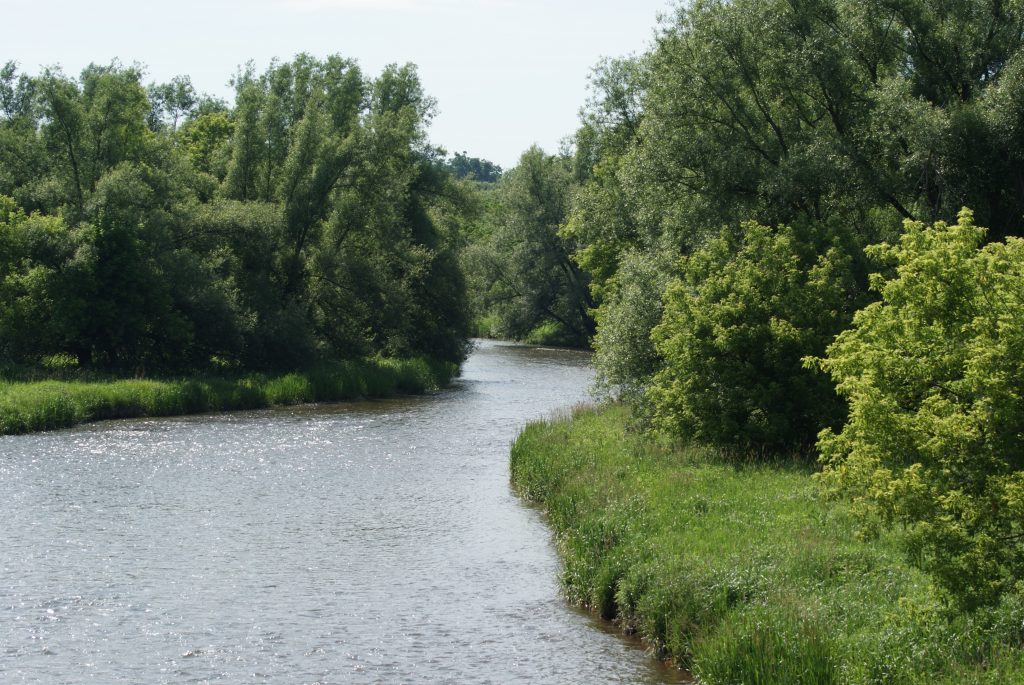In North America too often we tend to think about farmland as development land in waiting. That’s not surprising given that traditionally, our land use planning legislation generally prioritized urban development over agriculture or nature. But the times they are a-changing.
Over the last 10 years, we’ve started to see changes to legislation, with the introduction of the Greenbelt Plan in 2005, which protects farmland and the 2014 Provincial Policy Statement, which distinguishes agriculture as an economic activity. But there should be an even greater acknowledgement of agriculture as a major employer and an economic driver in Ontario.
Here’s why: In the Greater Golden Horseshoe (GGH), an area that stretches from Orillia to Niagara to Peterborough the agricultural and agri-food sector contributes $12.3 billion and 212,000 jobs to the economy. The agri-food sector contributes $35 billion and 720,000 jobs to Ontario’s economy. Agriculture has one of the highest economic multipliers of any industry in Canada which means every dollar of output creates more jobs. As one of the largest employers in Ontario, agriculture is essential to our long-term prosperity and food security.
But sprawl is putting this sector at risk. Fertile agricultural land makes up less than five per cent of Ontario’s land base. Development remains the biggest threat to the loss of agricultural land. That’s why in 2005 the province developed the Greenbelt Plan to limit development on prime agricultural land and natural systems in the Greater Toronto Hamilton area.
The Greenbelt has done a good job of protecting prime farmland within its boundaries, but the plan is under review and developers are pushing to remove lands from the Greenbelt to build more sprawl. And just outside the Greenbelt, we are losing farmland at an alarming rate. Between 2002 and 2014, we lost 19,091 hectares of farmland nestled in the land between our major cities and the Greenbelt. Without the Greenbelt Plan, it’s estimated we would have lost 250,000 acres of fertile farmland to sprawl.
The Greenbelt has been effective at stopping the loss of farmlands but it only covers 21 per cent of the lands in the Greater Golden Horseshoe area. The remaining land can still be paved over for sprawl subdivisions. This includes prime farmland in the whitebelt, and beyond the Greenbelt in Waterloo, Wellington County, Simcoe County, and Brant County.
Once farmland is paved over, it’s lost forever. And the jobs on the farm are gone for good. And our access to fresh, delicious local food shrinks. It means more of our food must come from further away.
Our farmland is too important to the economy not to be protected. That’s why we think it’s time for the province to grow the Greenbelt and set permanent urban growth boundaries around cities and towns throughout the Greater Golden Horseshoe. This would protect prime agricultural areas and natural heritage systems.
But that’s not enough. Farms deserve to be seen as having economic value as working farms, not just potential for more sprawling subdivisions. Our land use planning system and economic development programs in Ontario should recognize the value of agriculture and support agricultural businesses.
Farming is one of the largest employers in many municipalities, yet the land use planning system doesn’t identify the economic value of agricultural land, or count agricultural jobs as an employment use. As a result, official plans and economic development strategies rarely set out policies to protect agricultural systems or economic strategies to support agriculture as a local employer and economic driver. This needs to change. Our policies and programs need to acknowledge the vital contribution of agriculture and make it easier for farmers to be financially successful as well as continue their role as stewards of the land.
The 2015 review of Ontario’s Greenbelt and Growth Plans provides us with a needed opportunity to discuss how we can better support the business of agriculture and grow the Greenbelt to protect our long-term prosperity.
You can help. Tell Ontario to say goodbye to sprawl that bulldozes our farmland and yes to hard urban boundaries to protect farmland.








